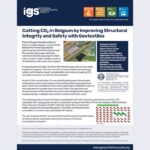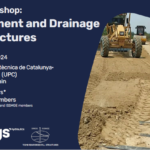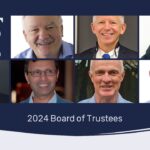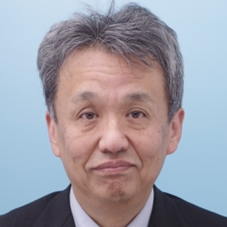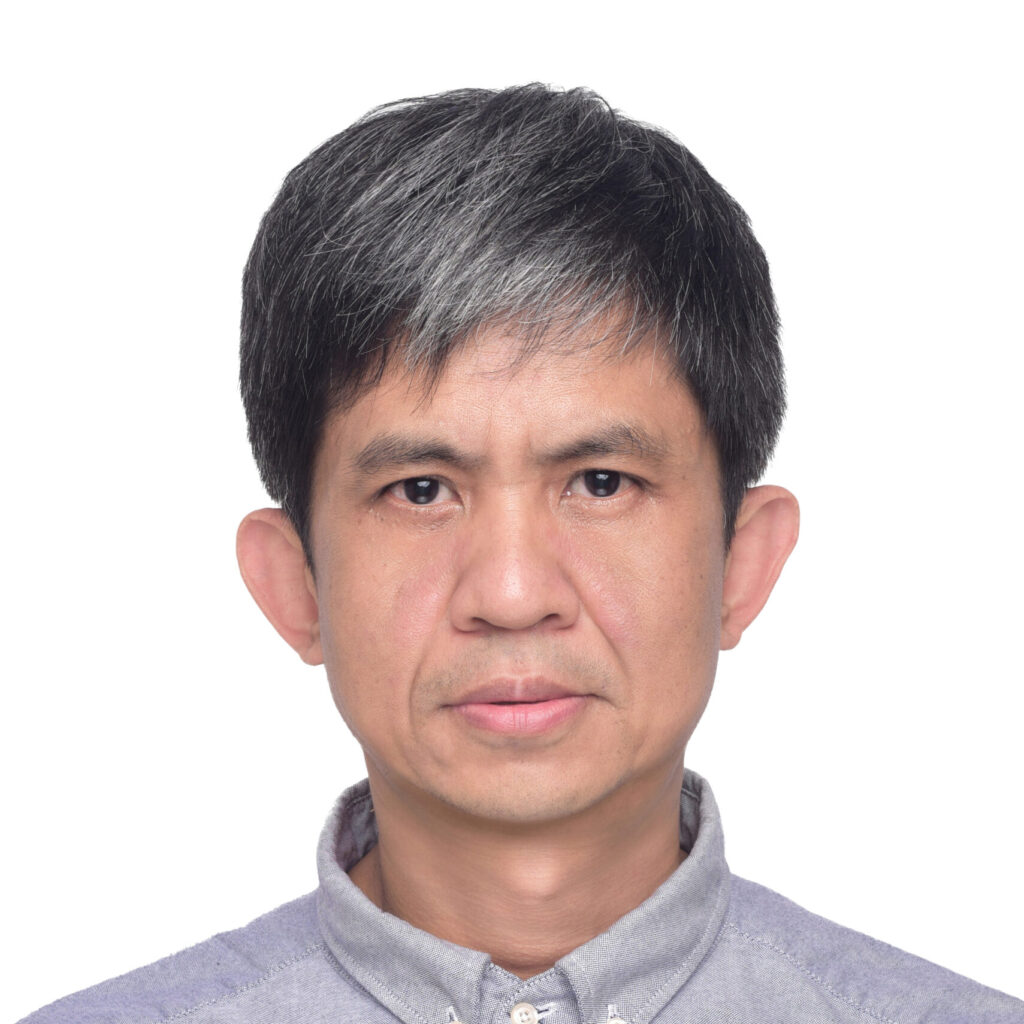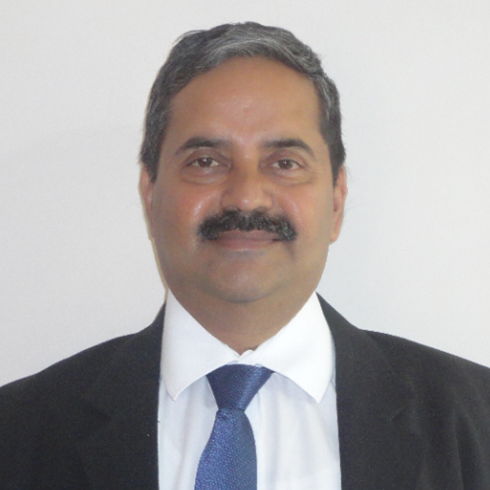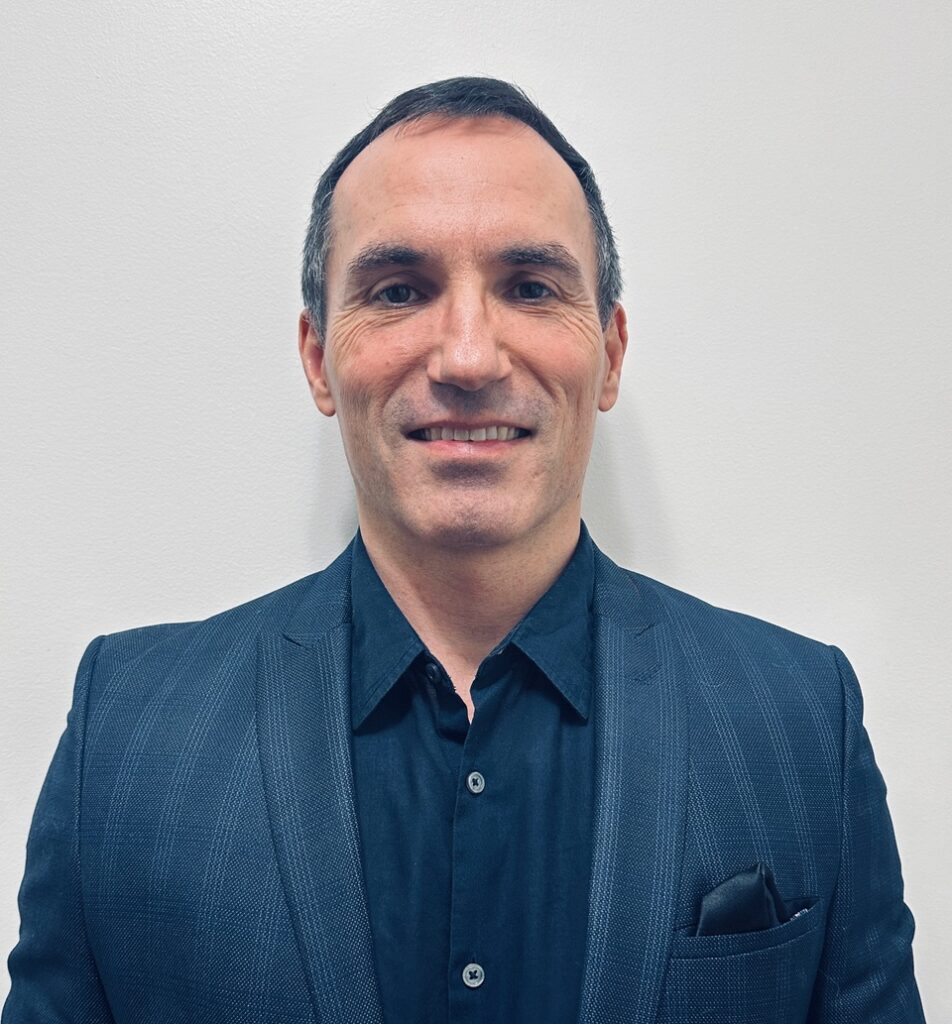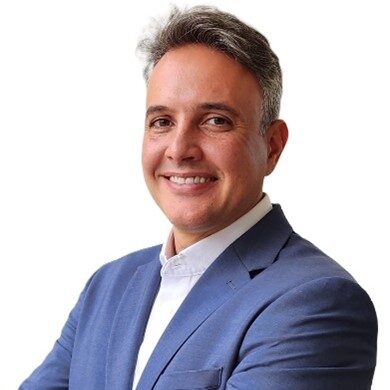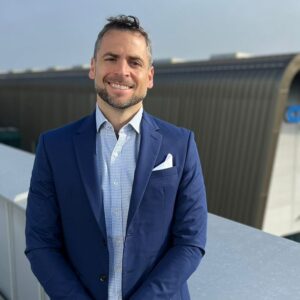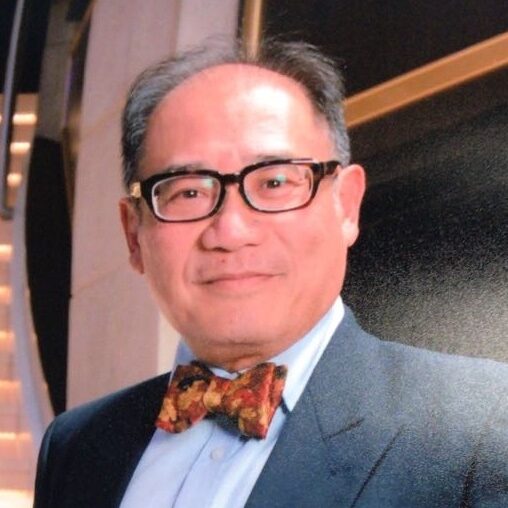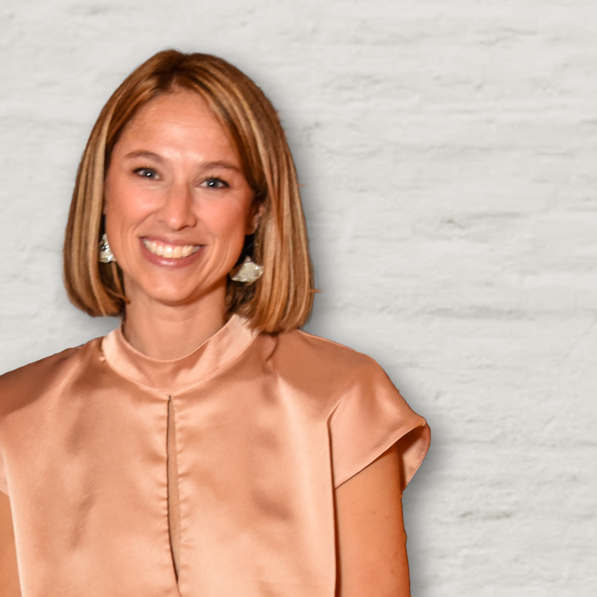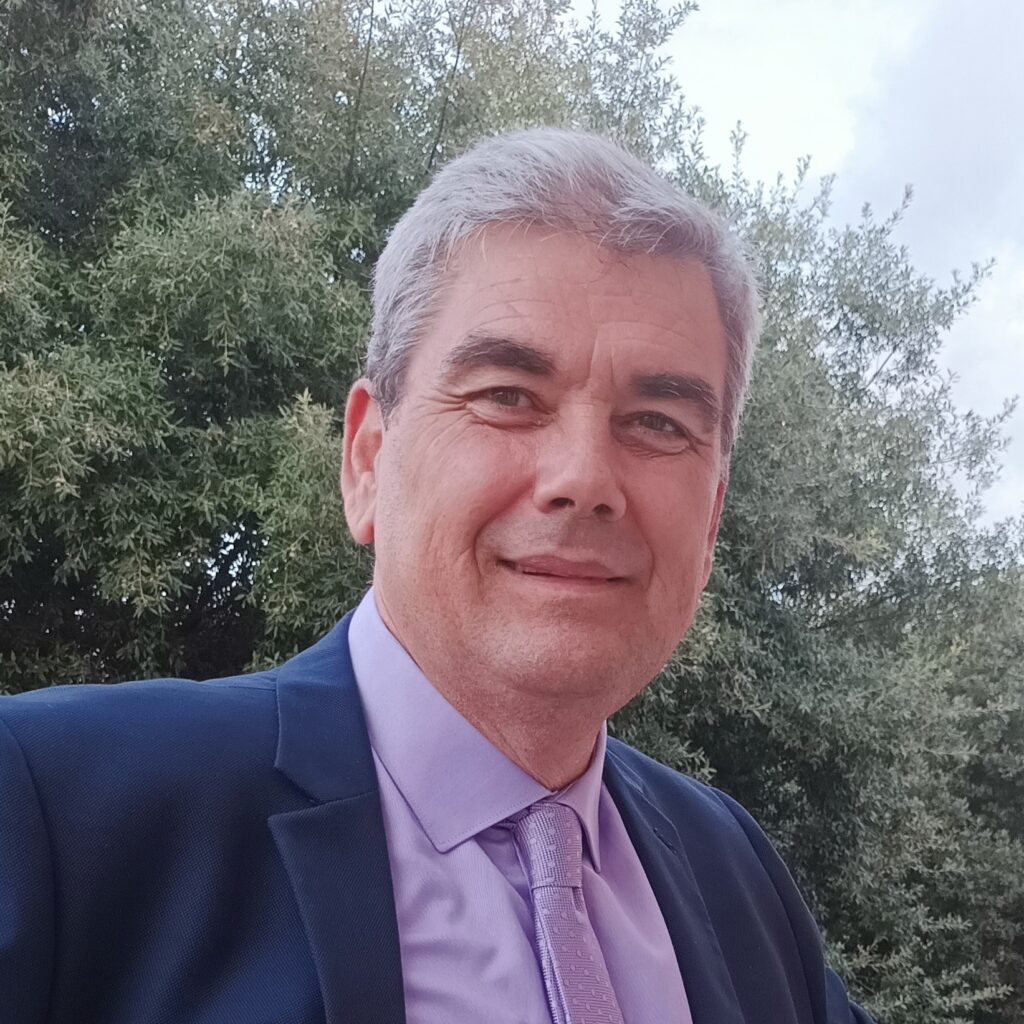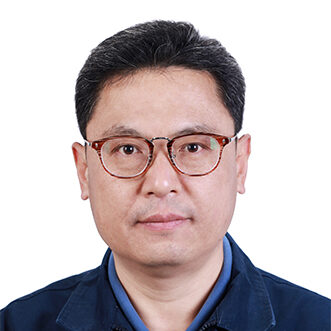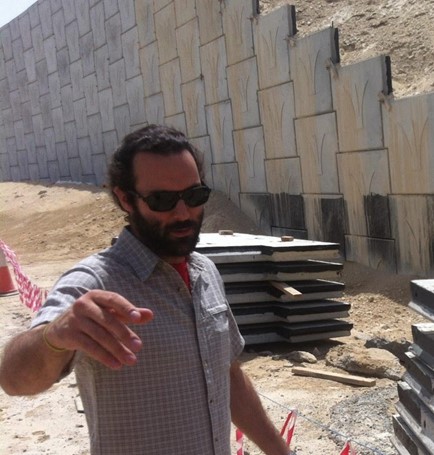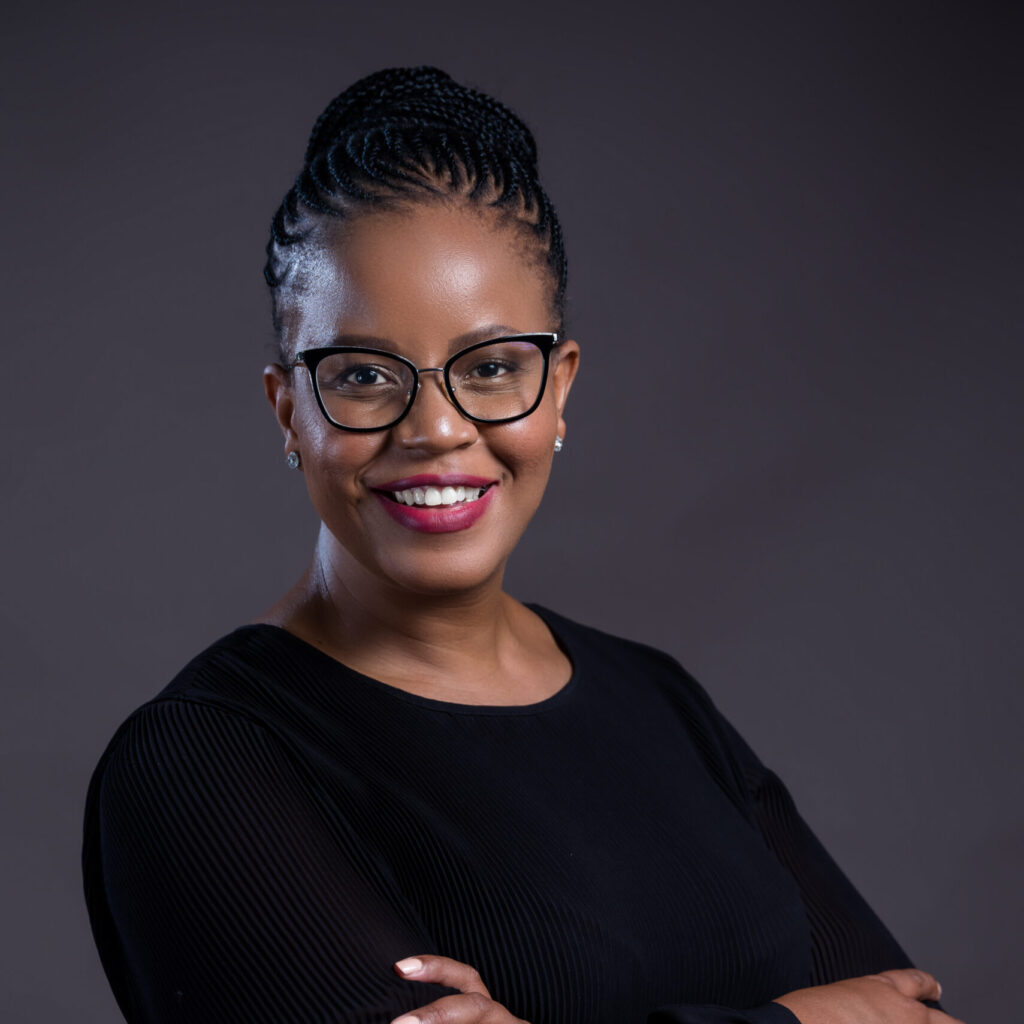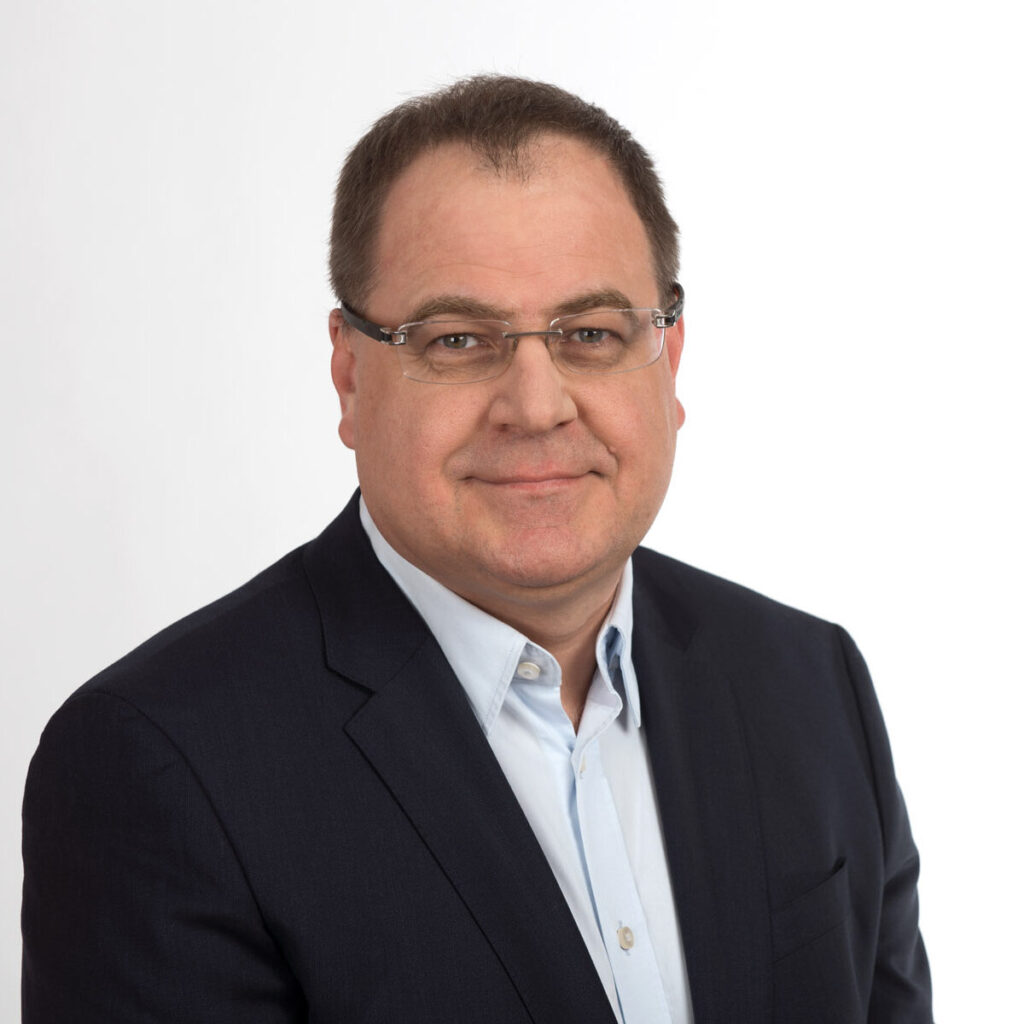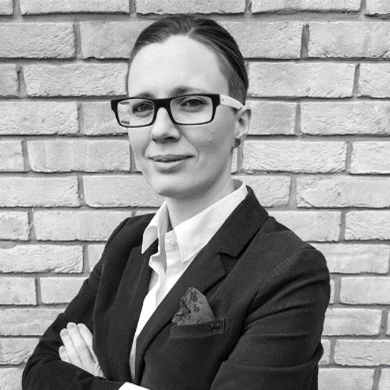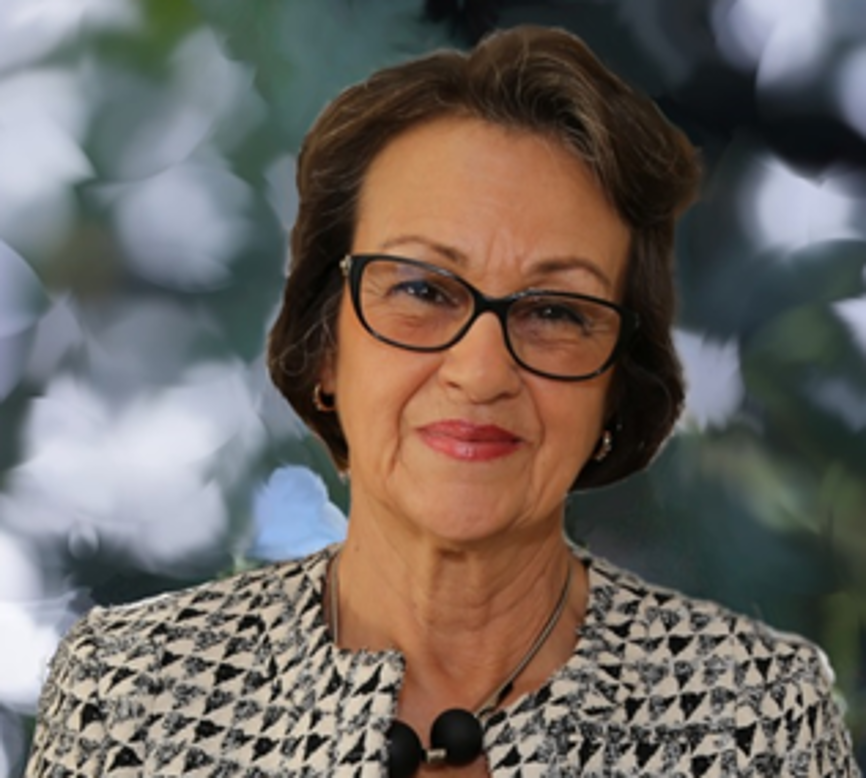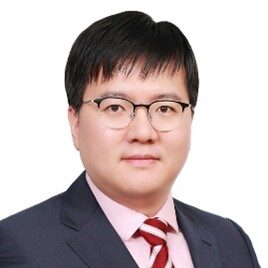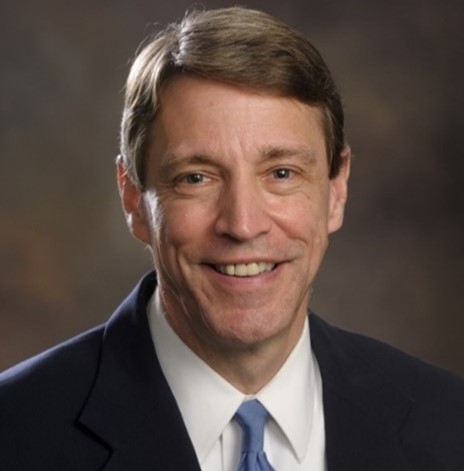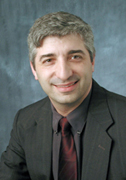 Dear IGS Member,
Dear IGS Member,
I am deeply honored and excited to be your president for the next four years. I take this opportunity to revisit with you my vision of the IGS for this period and outline the specific objectives that resulted from the fruitful meetings that our energetic, new IGS council held after the very successful 9th International Conference on Geosynthetics (9ICG). Throughout this issue of IGSNews you will be able to read much of what happened during this landmark conference, held in Guarujá, Brazil. However, I will focus here on strategic goals, strategies, and measurable outcomes towards a healthy, continued growth of our Society.
My overall goal for the four-year period during which I will serve as IGS President is to capitalize on the existing success of our society while improving communications. As mentioned in previous occasions, I believe that a focused effort on communications will lead to a major expansion of the benefits derived from our Society’s wealth of knowledge. In order to remain successful, the new generation of geosynthetic leaders needs to be both creative and bold in today’s world of rapidly evolving technologies while holding firmly to those philosophies of the past that have led to the high stature of the IGS. As IGS President, my commitment to you, as an IGS member, involves strengthening the IGS by improving communications in three key areas. More specifically, my strategic goal for a four-year planning horizon could be articulated as follows: To improve communication with our members, among those with focused technical interests, and with sister international societies.
I would like to now elaborate on the three components of this strategic goal and on associated strategies that can be implemented to achieve improved communications in the various areas.
Improved communication with our own members, both individual and corporate, is perhaps the one effort through which we can have clear, immediate gains. In a sense, this is a relatively straightforward task (at least when compared with some other challenging tasks, see next). For example, when an individual IGS Member wonders what his/her member benefits actually are, all we need to do is to communicate to him/her the myriad of existing tools and experiences we already have in place to help individual members, chapters, corporate members and conference organizers. The task is then to implement more efficient ways to deliver these tools or to communicate experiences to our members, particularly through an effective interface with our chapters. This could also help increase the number of IGS individual members in areas like Africa where our representation could be improved. The good news is that technology is on our side (if used wisely, of course). The IGS Council is already working hard on the implementation of strategies to achieve this goal. For example, I trust you will be pleasantly surprised with the wealth of information and the functionality of our new, revamped website. I invite you to go to www.geosyntheticssociety.org and experience it by yourself (also, see the related article in page 15 of this issue of IGSNews). And this is just the beginning! Additional strategies involving continued website improvement, interaction with IGS Chapters, databases, webinars, discussion groups, on-line membership are in the making.
Improved communication among members interested in specific technical issues is a strategic goal that I believe will lead to significant new benefits to our members. However, and unlike the previous strategic goal of general communication (e.g. of products that the IGS already has to offer), this second goal is more daunting. This is because it requires developing a new system to be added to the IGS structure. We are proud of the high level of technical excellence we have been witnessing in our conferences, presentations, short courses and technical journals. However, the continuity of ad hoc technical groups loosely formed in these venues has often been compromised by distance and time constraints. The IGS strategy is to foster these technical interest groups in the form of IGS Technical Committees (TCs). Similar to the way that IGS members currently affiliate into geographically organized chapters, they can also affiliate into topically organized TCs. While this is a more difficult undertaking, we do have some good news for you: Under a task force lead by Council Member Neil Dixon the council has recently compiled a guidance document for the operation of TCs. With this new resource available, no time has been lost, and our first three TCs have been successfully created during our recent council meeting in Guarujá. Dedicated leaders of our geosynthetic industry are now engaged in the planning of the initial activities for the TCs on “Soil Reinforcement,” “Barrier Systems,” and “Filtration.” Participation in these TCs is open to the IGS membership at large (see related article in page 6 of this issue of IGSNews for contact information). These TCs are expected to gain synergism by interacting with organizers of upcoming conferences to lead technical sessions, with designers to produce technical documents, with academics to offer short courses, and with the inquisitive minds of young professionals to stimulate the use of geosynthetics among the new generation of engineers. If you are interested in offering your volunteer time in new, technically rewarding activities, I encourage you to consider joining one of the new TCs of our Society.
Improved communication with the engineering community at large (outreach) is a third strategic goal, which may result in significant opportunities for the IGS. It is practical not to expect that every potential user of geosynthetics will become an expert on geosynthetics engineering or a member of the IGS. However, everyone within the engineering community deserves to know that geosynthetics exist and that geosynthetics can provide suitable technical solutions to many of their civil, geotechnical, environmental, water resource, mining, materials, structural, erosion control, regulatory, transportation, maintenance, construction, military, sustainability, renewable energy, global warming, and ecological problems. It is our mission to ensure that these practitioners are aware of the technically superior, innovative, and cost-effective solutions that geosynthetics can offer. Experts in the various fields of engineering that come in contact with geosynthetics engineering have international societies of their own. Consequently, the opportunity exists for the IGS to foster relationships, agreements, and liaisons with sister societies whose members can benefit from the sound geosynthetic information. Yes, we are already working on strategies to enhance our interactions with the International Society of Soil Mechanics and Geotechnical Engineering (ISSMGE), the Federation of International Geotechnical Societies (FedIGS), and a number of other sister international societies. Outreach is a key effort about which you will see significant advances soon.
In order to organize and prioritize our efforts for the next four years, the IGS Council devoted significant time to strategic planning during our recent meeting in Guarujá (see related article in page 8 of this issue of IGSNews).. In this meeting, the council embraced the aforementioned strategic goals involving improved communications for a four-year planning horizon. However, the need for a long-term planning horizon was also developed. What is the core purpose describing the IGS very reason for being or existing? Seeking answer to this question led to discussions about the opportunities in which the IGS can capitalize, potential threats to our Society, and mega-issues that we expect will be core to the geosynthetics industry in the future. As an outcome of this rich discussion, the Core Purpose of the IGS was identified as: Helping the world understand the value of and the appropriate use of geosynthetics technology.
This core purpose outlasts the four-year planning horizon, for which the aforementioned strategic goals had been established. Instead, and in order to meet this core purpose, the IGS Council identified a Big, Audacious Goal that stretches beyond the current 4-year strategic goals. Because it is “audacious” it represents a significant challenge and its achievement will require the IGS to move outside of its comfort zone. This long-term goal of the IGS was defined by the IGS Council as:
The IGS will make geosynthetics become indispensible to the point that they are regularly included in engineering curricula and relevant design standards.
This long-term goal is expected to be achieved in 10 to 15 years and is anticipated to set the direction for the succession of future 4-year strategic plans. So now the IGS has not only developed strategic goals and associated strategies for a 4-year planning horizon but also a long-term, audacious goal. However, the IGS Council moved even beyond the definition of goals and strategies, and chose to define specific measurable outcomes that we aim at achieving in the 4-year term of this council. These include: increasing the IGS Membership by 50%, increasing traffic on our web site by 200%, increasing the number of chapters in regions not represented by the IGS, achieving a better integration between the IGS Council and the IGS Chapters, increasing the number of formal agreements with sister international societies, and making significant gains toward an increased geosynthetics education begin offered at the undergraduate level. These are not easy objectives to achieve in a single 4-year term! Even worse, since I have just made these self-imposed objectives public, you are now entitled to come back to this Council in four years and ask for an accounting of the measurable results.
While the bar has been set high, please rest assured that the members of our diligent IGS Council will work hard toward the overall goal of improved communications during the 4 year-term that began with the 2010 International Conference in Guarujá, Brazil. However, the competence and enthusiasm of our new IGS Council is important, but not enough to achieve these audacious goals. This is because we need You, the IGS member, as your engagement is crucial to achieve these important objectives. Indeed, the opportunities for you to provide input are multiple, as you can serve through our chapters, conferences, committees, and task forces to name a few options. It is ultimately your service that will make a difference towards an expanded, good use of geosynthetics worldwide. With your help and the help of the IGS Council, I am looking forward to our 2014 International Conference in Berlin, Germany, where I hope to report that our daring objectives not only have been met, but have been exceeded.
All best regards,
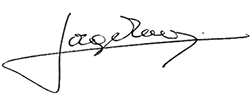
IGS President
tel: +1(512) 232 3595
e-mail: zornberg@mail.utexas.edu
Skype ID: jorgezor
Web site: www.ce.utexas.edu/prof/zornberg/


